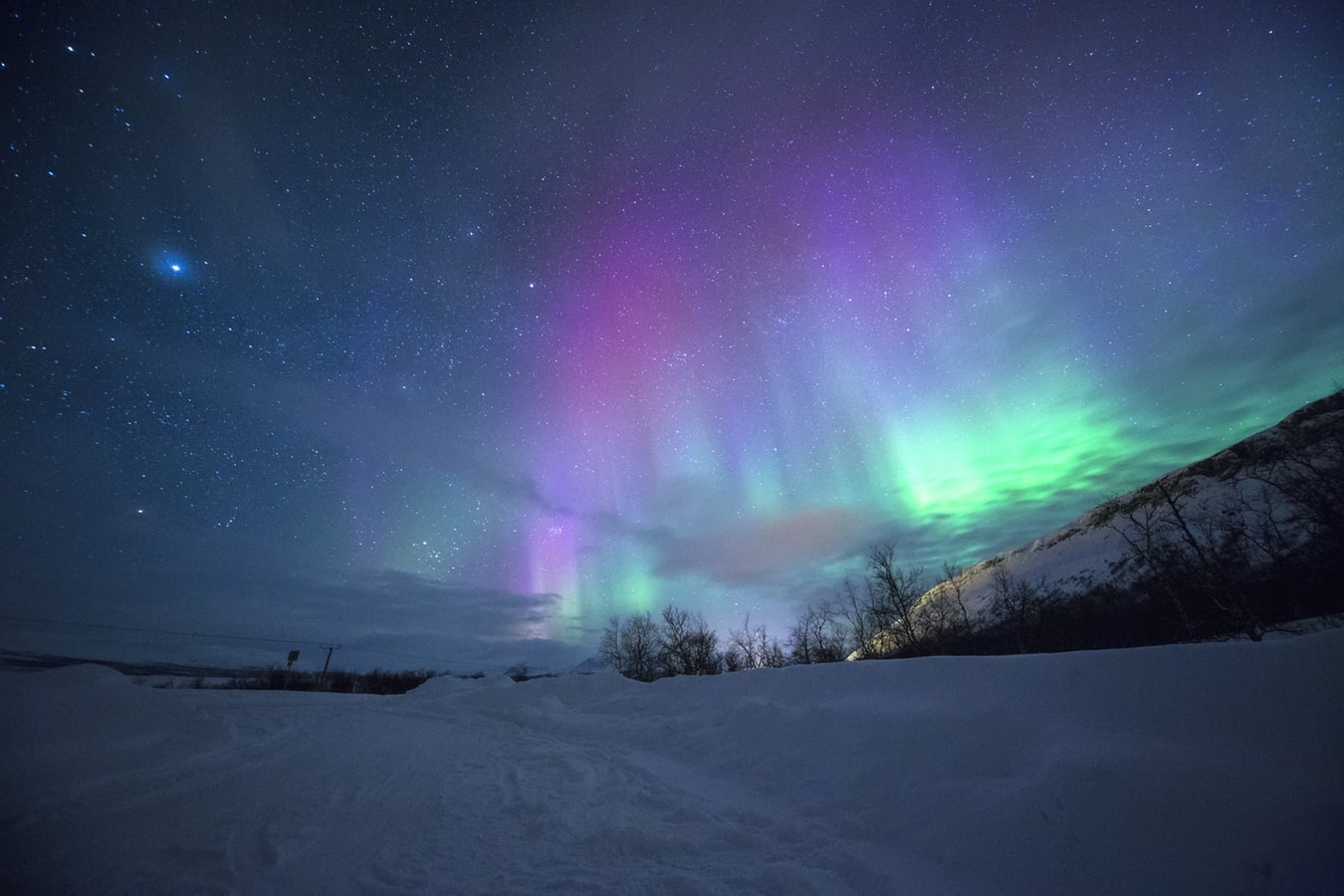Descripción/Description:
We offer a PhD project within the Instituto de Física de Cantabria (CSIC – UC) Observational Cosmology and Instrumentation Group. The Cosmic Microwave Background (CMB) is a very weak radiation that reaches us from all directions of the sky. It originated shortly after the Big Bang and constitutes the oldest radiation that we can observe in the Universe, providing very valuable information about the early universe and how it evolved. CMB radiation is also polarized. In particular, if we were able to detect the so-called B-mode of polarization, this would imply the existence of a Primordial Background of Gravitational Waves, as predicted in inflation. This would constitute a very solid proof of this theory as well as a major discovery in Physics.
At present, there is a large effort dedicated to the search of the B-mode of polarization. However, CMB data contain also a number of astrophysical signals and instrumental noise, that are mixed with the signal of interest and that must be separated from the CMB before deriving any meaningful cosmological conclusion. Therefore, a key point to analyze the CMB data is to develop specific methodology that allows one to separate and reconstruct all these different components. We propose to develop advanced techniques for the analysis of CMB data and, in particular, for the component separation problem. For these tasks, the use of machine learning will be considered, an approach that has shown to be very successful in different applications but have just started to be introduced in Cosmology.
The group is worldwide acknowledged for its outstanding contributions in cosmology, especially within CMB data analysis, including top responsibilities in the ESA Planck Collaboration, such as providing one of the official CMB anisotropies map, both in temperature and polarization. The group participates in international CMB experiments, such as the Japanese LiteBIRD mission or the QUIJOTE collaboration.
